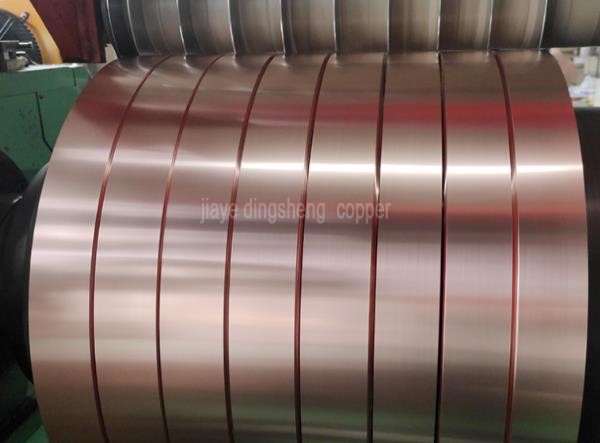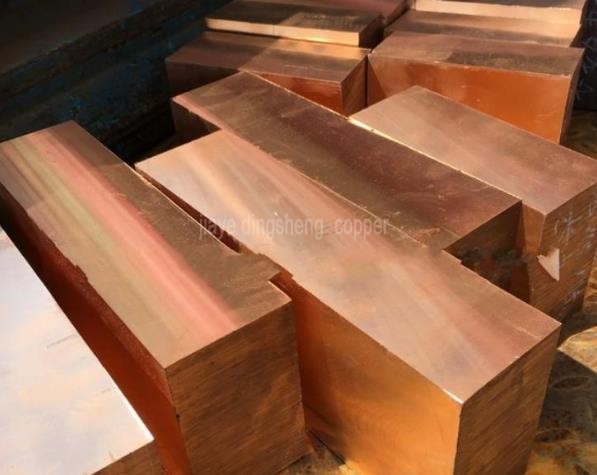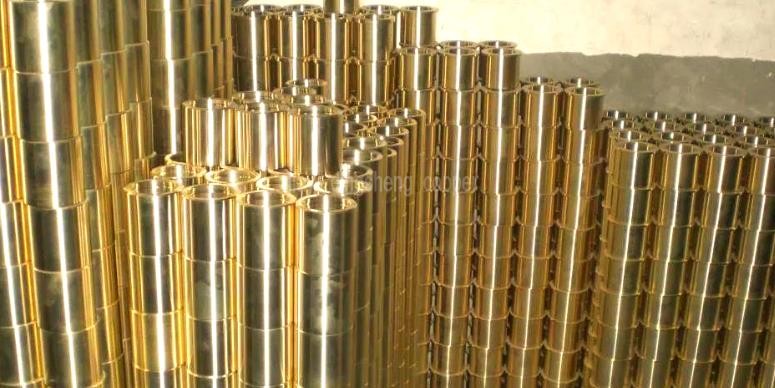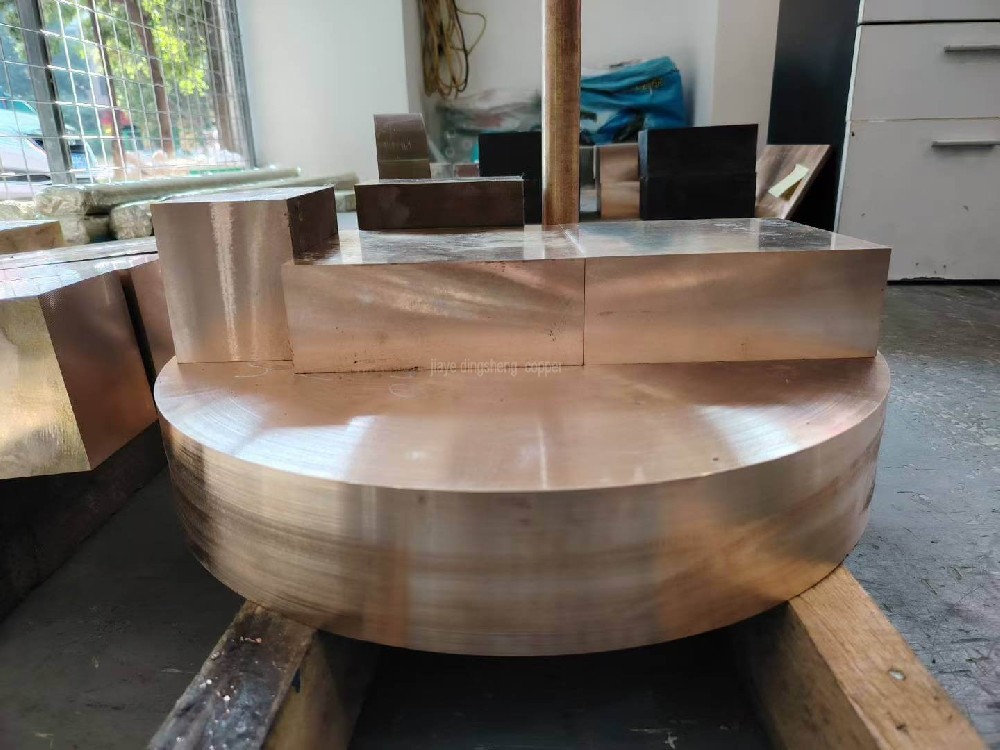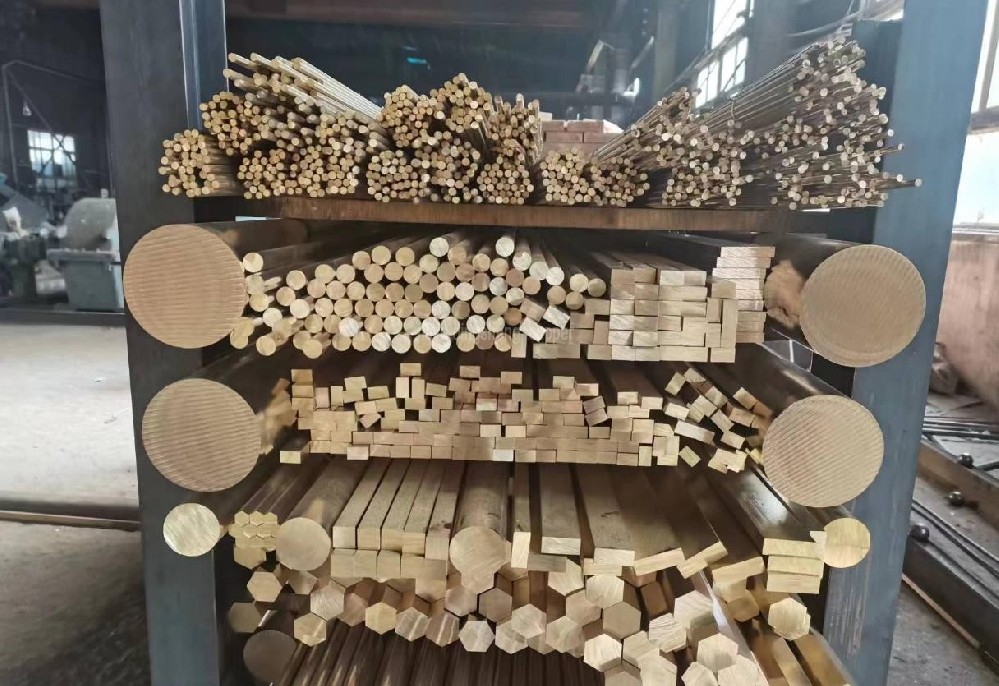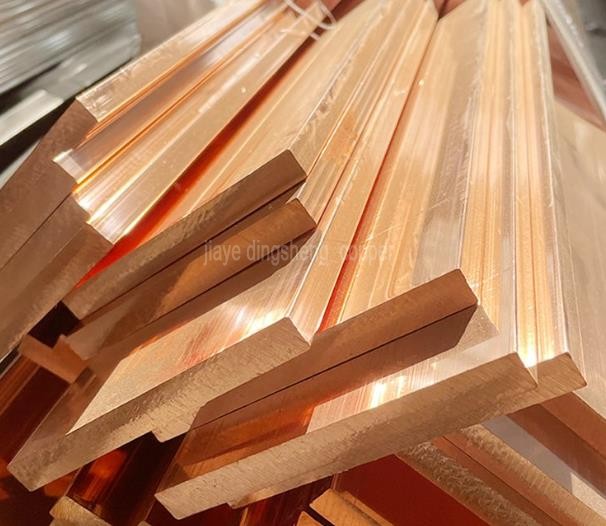What are the models of phosphor bronze?
Common phosphor bronze models include C51000, C54400, C52100, C52400, etc.
What is phosphor bronze?
Phosphor bronze is a type of bronze containing phosphorus. Adding phosphorus to bronze can increase its hardness and strength while reducing its ductility and toughness. Phosphor bronze has good forgeability and machinability and is widely used to manufacture mechanical parts such as coolers, pipes, valves, etc., as well as electrical parts.
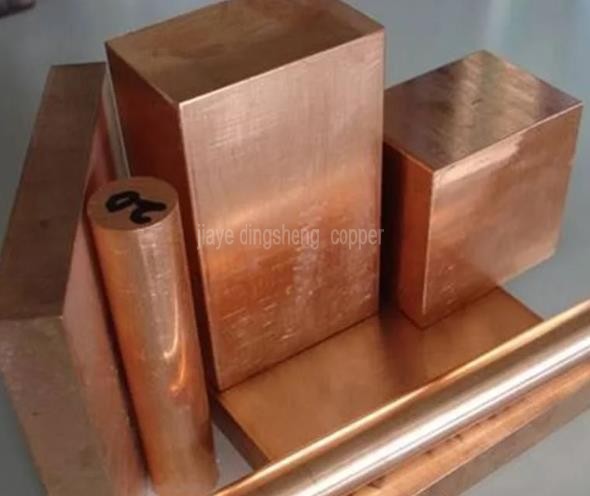
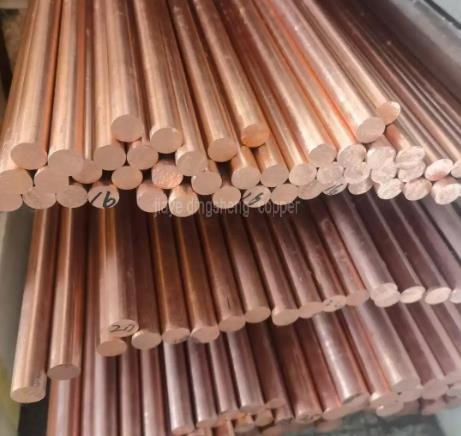
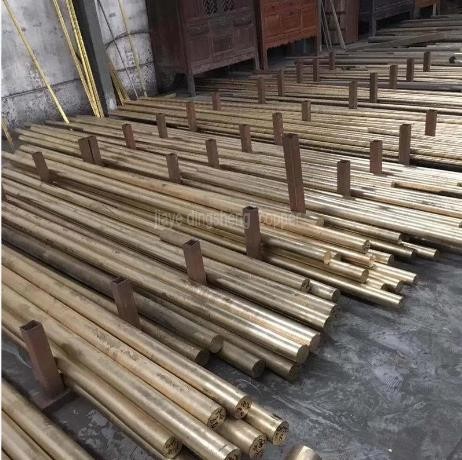
What are the phosphor bronze models?
Common phosphor bronze models include:
1. C51000 phosphor bronze: CuSn5P, with a copper content of 95% and a tin content of 5%, is a type of high-strength, high-hardness phosphor bronze with good wear resistance and corrosion resistance, widely used to manufacture bearings, gears, couplings, etc., as well as accessories.
2. C54400 phosphor bronze: CuSn4Pb4Zn4, with a copper content of 60%, a tin content of 4%, a lead content of 4%, and a zinc content of 4%, is a type of high-strength, high-hardness phosphor bronze with good low friction and wear resistance, widely used to manufacture bearings, gears, couplings, etc., as well as mechanical parts.
3. C52100 phosphor bronze: CuSn8, with a copper content of 91% and a tin content of 8%, is a type of high-strength, high-hardness phosphor bronze with good cutting and welding properties, widely used to manufacture pipes, faucets, valves, etc., as well as mechanical parts.
4. C52400 phosphor bronze: CuSn10, with a copper content of 90% and a tin content of 10%, is a type of high-strength, high-hardness phosphor bronze with good forgeability and machinability, widely used to manufacture electrical parts, connectors, plugs, etc.
In addition to the above common models, there are other phosphor bronze models such as C51900, C53400, C54400, etc. You can choose based on your actual needs.
How to choose the appropriate phosphor bronze model?
The selection of an appropriate phosphor bronze model should be determined based on the specific usage environment and requirements. Mainly, the following aspects should be considered:
1. Strength and hardness: Choose the phosphor bronze model with the appropriate strength and hardness according to the requirements of the part.
2. Corrosion resistance: Choose the phosphor bronze model with good corrosion resistance based on whether the environment contains corrosive substances.
3. Cutting and welding properties: Choose the phosphor bronze model with good cutting and welding properties based on the requirements of processing and installation.
In summary, the selection of an appropriate phosphor bronze model should take into account multiple factors to achieve the best usage effect.
What are the main phosphor bronze grades in China, Japan, the United States, and Europe?
Chinese grades
· QSn4-3: Has high mechanical properties, corrosion resistance, and high elasticity, suitable for making various pressure gauge tubes, springs, and precision instrument parts.
· QSn6.5-0.1: Has high tensile strength and elongation, suitable for making wear-resistant parts and elastic elements. Its tensile strength σb (MPa) ≥ 470, elongation δ5 (%) ≥ 13, heat processing temperature 750-770℃, annealing temperature 600-650℃.
· QSn6.5-0.4: Due to the high phosphorus content, it has higher fatigue strength, better elasticity and wear resistance, but has thermal brittleness during heat processing, suitable for cold pressure processing. Its tensile strength (σb/MPa) ≥ 355, elongation (δ10/%) ≥ 50, elongation (δ5/%) ≥ 55.
· QSn7-0.2: High strength, good elasticity and wear resistance, easy to weld and brazing, good corrosion resistance in air, fresh water and seawater, good cutting and machinability, suitable for hot press processing. Suitable for making parts that bear friction under medium load and medium sliding speed, such as anti-wear washers, bearings, shaft sleeves, turbines, etc., and can also be used as springs, spring plates, etc. Its tensile strength σb (MPa) ≥ 665, and elongation δ10 (%) ≥ 2.
· QSn4-0.3: It is one of the common phosphor bronze grades, with certain strength and wear resistance, suitable for manufacturing wear-resistant parts and elastic elements.
· QSn8-0.3: It belongs to the phosphor bronze material and functions in specific fields based on its performance.
· QSn10-1: It is a phosphor bronze grade, used for manufacturing wear-resistant parts and elastic elements.
Japanese grades
· C5191: Commonly known as phosphor copper, in Taiwan it is called phosphor bronze, generally used for terminals with elastic requirements. Its chemical composition contains copper (Cu) as the remainder, tin (Sn) 5.5 - 7.0, lead (Pb) ≤ 0.05, phosphorus (P) 0.03 - 0.35, etc.
· C5210: Similar to C5191, but the composition ratio and performance may vary slightly, suitable for manufacturing medium-load parts, etc.
· C5212: It is an aluminum bronze containing iron and manganese elements, belonging to high-strength heat-resistant bronze, with stable mechanical properties at high temperatures (400°C), good anti-friction properties, excellent corrosion resistance in air, fresh water and seawater, good hot working under pressure, heat treatable for strengthening, weldable, not prone to arc welding, and has relatively good machinability.
· C5111: It is one of the Japanese phosphor bronze grades, with corresponding performance characteristics.
· C5101: It belongs to Japanese phosphor bronze materials and has certain applications in industry.
American ASTM standard grades
· C50500: It is a structural copper-nickel alloy, heat treatable for strengthening, with high strength and good elasticity. Its tin (Sn) 1.0 - 1.7, zinc (Zn) 0.3, iron (Fe) 0.10, lead (Pb) 0.05, nickel (Ni) 0.2, phosphorus (P) 0.03 - 0.35, copper (Cu) as the remainder, tensile strength σb (MPa) ≥ 275, elongation δ10 (%) ≥ 45.
· C51900: It is an American phosphor bronze grade, used in related fields.
· C52100: It belongs to American phosphor bronze materials, used for specific part manufacturing.
· C51100: It is an American phosphor bronze grade, meeting the corresponding industrial requirements.
· C51000: It belongs to American phosphor bronze materials, having its own performance advantages.
European standard grades
· CW450K: It is an European phosphor bronze grade, used in the European industrial system.
· CW451K: It belongs to European phosphor bronze materials, with specific performance.
· CW452K: It is an European phosphor bronze grade, used in related industrial production.
· CW453K: It belongs to European phosphor bronze materials, meeting the corresponding industrial standards.
Overall, the selection of phosphor bronze grades depends on the required application characteristics and regional standards. Each region and country has its own unique standards and recommended grades.
# Tags:
-
the models of phosphor bronze

